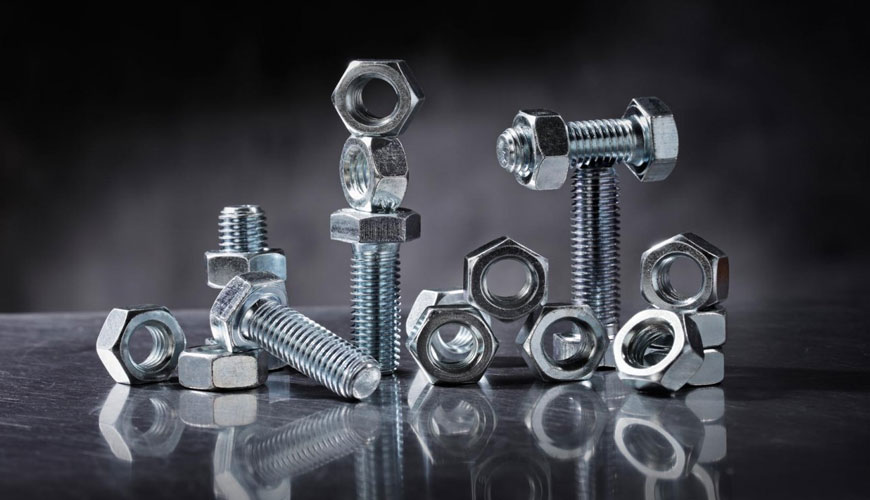

Slip factor is among the main factors affecting the stability of building systems. The force or force component applied parallel to the cross section of a material is called shear force.

The effect of this applied force on the unit area is called shear stress. Briefly, shear stress consists of forces applied to the surface of the material. If a force is applied to a cylindrical material from both ends and in opposite directions, in other words, if the material is turned in opposite directions from both ends, shear stress occurs as a result of torsion.
The European standard “EN 1090-2 Application of steel structures and aluminum structures - Part 2: Technical requirements for steel structures” is taken into account in the tests of the slip factor.
This standard specifies the requirements for the application of structural steelwork, either as a structure or as components, manufactured from the following materials:
This standard is also used for structural steel grades up to grade S960, provided that the application conditions are verified against reliability criteria and the necessary additional requirements are specified.
In advanced laboratories, tests for determining the coefficient of friction defined in the annex of this standard are carried out (Annex G Test for determining the slip factor).
The purpose of this test is to determine the slip factor for a particular surface treatment, usually involving a surface coating. The test procedure is intended to ensure that the possibility of creep deformation of the joint is taken into account. The validity of test results for coated surfaces is limited to cases where all important variables are similar to test specimens.
The following variables are influential in test results:
Our organization also provides slip factor testing services with its trained and expert staff and advanced technological equipment, among the numerous test, measurement, analysis and evaluation studies it provides for businesses in various sectors.
To get an appointment, to get more detailed information or to request an evaluation, you can ask us to fill in our form and reach you.